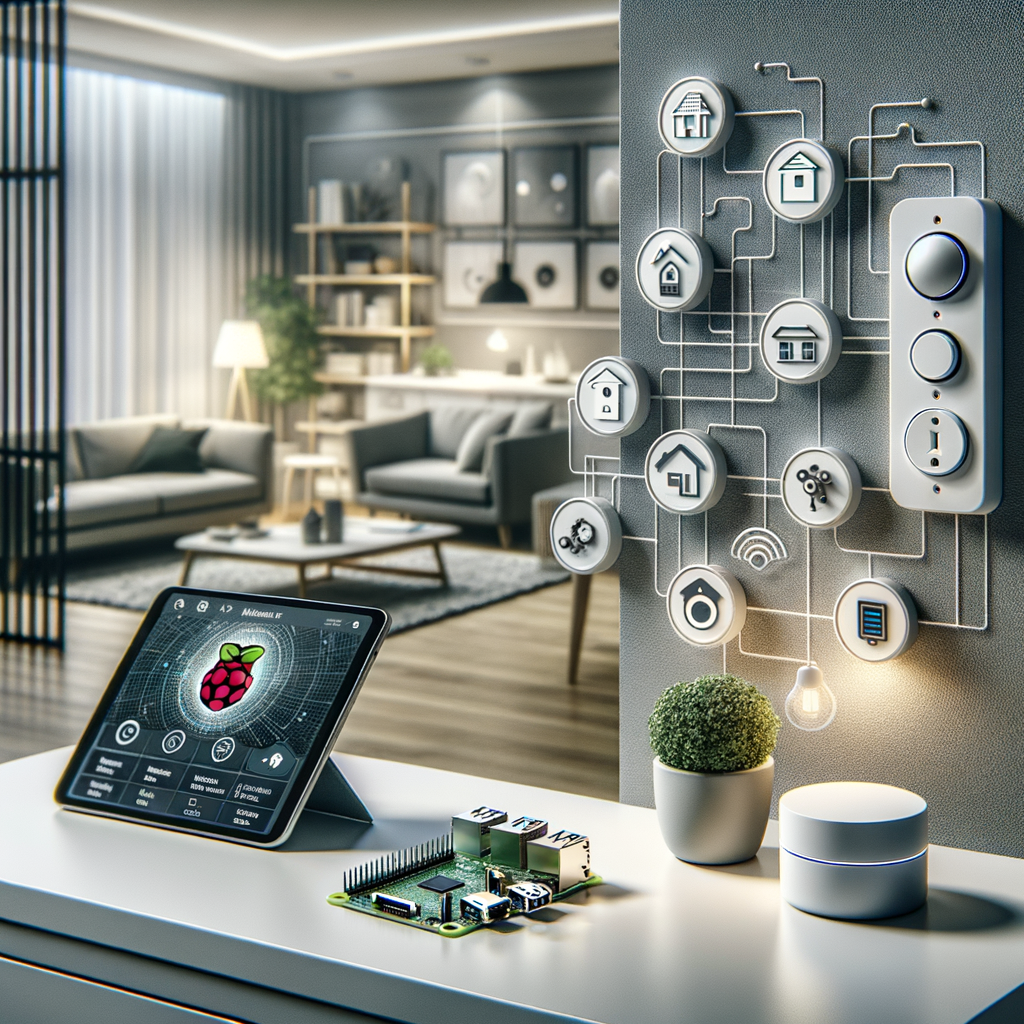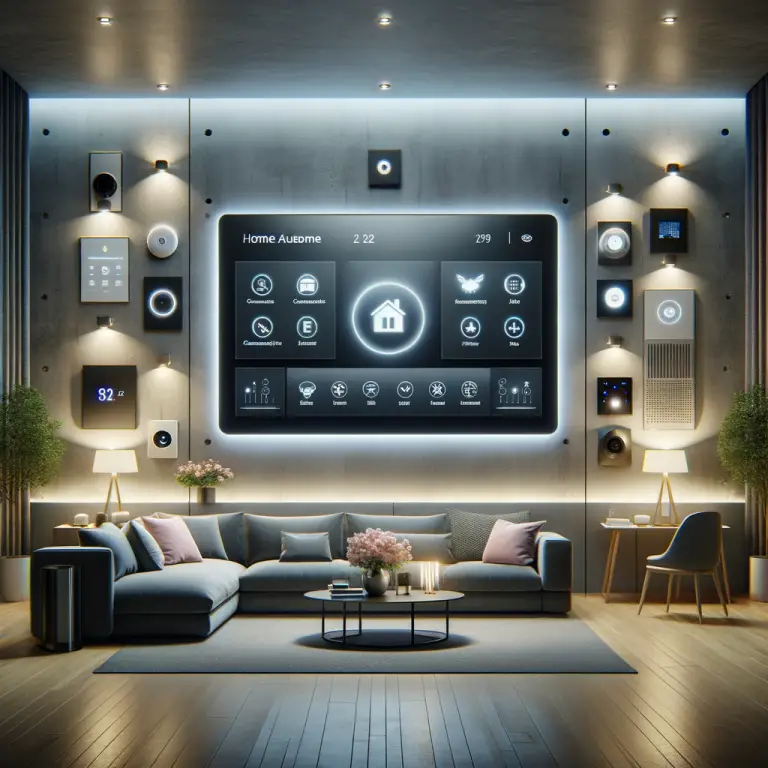
Imagine a world where your house knows what you need before you even ask. Lights dim automatically as you settle in for a movie night, your morning coffee brews itself right on time, and your thermostat adjusts based on weather forecasts. This isn’t science fiction—it’s the world of home automation, and at the heart of it all is the unassuming yet powerful Raspberry Pi.
The Genesis of Raspberry Home Automation
The Raspberry Pi started as an educational tool to promote computer science learning, but its affordability and versatility quickly made it a darling among tech enthusiasts for DIY projects. When it comes to home automation, the Raspberry Pi is often likened to a Swiss Army knife—compact, multi-functional, and endlessly adaptable. But how did this tiny computer become so integral to smart homes?
At its core, the Raspberry Pi offers a perfect blend of power and price. With models like the Raspberry Pi 4 boasting up to 8GB of RAM and quad-core processing capabilities, it’s more than capable of handling numerous tasks simultaneously. This allows hobbyists to create custom solutions tailored specifically to their home’s needs without breaking the bank.
Why Choose Raspberry Pi for Home Automation?
- Cost-Effective: Compared to proprietary home automation systems that can cost hundreds or even thousands of dollars, a Raspberry Pi setup is budget-friendly.
- Flexibility: Whether you’re interested in controlling lights or managing complex security systems, there’s likely a way to do it with a Raspberry Pi.
- Community Support: With an active online community and countless tutorials available, getting started with Raspberry Pi home automation is more accessible than ever.
Diving Into Real-World Applications
One might wonder what exactly can be achieved using a Raspberry Pi in home automation. Let’s delve into some compelling use cases that illustrate its potential.
Smart Lighting
Consider smart lighting—a foundational element of any automated home. By integrating your lights with a Raspberry Pi, you can control them through voice commands or smartphone apps. Using open-source software like Home Assistant, users can set up schedules or create conditions where lights adjust based on time or occupancy.
An example involves setting up motion sensors that trigger hallway lights at night—an ingenious way to avoid stubbed toes on late-night refrigerator raids!
Security Systems
A well-secured home is invaluable, and with a Raspberry Pi-based security system, you can monitor your property like never before. By connecting cameras and motion detectors to a central Raspberry Pi hub, users can remotely access live feeds and receive alerts if something appears amiss.
A case study showcases a DIY enthusiast who used multiple Raspberry Pis as nodes in a distributed camera network. This not only reduced costs but also provided redundancy in case one node failed. For those interested in taking it further, integration with cloud services allows for storing footage offsite for added security.
Energy Management
With energy bills on the rise, efficient energy management is crucial. The Raspberry Pi can be employed to monitor energy consumption across various appliances by using smart plugs and sensors. Users can then analyze this data to optimize their usage patterns or even automate shutdowns during peak times.
A particularly innovative example involves utilizing weather data to adjust heating systems automatically—saving both energy and money while ensuring comfort during cold spells.
Navigating Challenges and Considerations
No system is without its challenges, and while the adaptability of the Raspberry Pi is one of its strengths, it’s also a double-edged sword when it comes to ease of use.
Technical Expertise Required
One significant consideration is the level of technical expertise required. Setting up a basic system might be straightforward with available resources; however, more complex configurations can demand programming knowledge or networking skills.
If you’re someone who loves tinkering and learning new skills, this isn’t necessarily a downside—it’s part of the fun! But if you’re looking for plug-and-play solutions without a learning curve, you might face some frustration initially.
System Reliability
Another aspect to keep in mind is reliability. Unlike commercial systems with dedicated support teams, a DIY setup relies heavily on your ability to troubleshoot issues as they arise. Regular maintenance checks and updates are crucial to ensure everything runs smoothly.
A Look Ahead: The Future of Home Automation with Raspberry Pi
The future looks bright for those interested in raspberry home automation. As technology advances, so too does the potential for more refined and efficient systems powered by these compact computers.
- The evolution towards more energy-efficient models ensures lower power consumption without sacrificing performance—a win-win scenario in terms of sustainability.
- The development of more intuitive software platforms promises greater accessibility for users at all levels—from novices dipping their toes into automation waters to seasoned pros expanding their setups.
Conclusion: Embracing Innovation at Home
The journey into raspberry home automation is one filled with discovery and innovation. From transforming simple tasks into automated processes to enhancing security measures around our homes—the possibilities are virtually limitless thanks to this small yet mighty device. While there are challenges along the way regarding technical know-how or system reliability—these hurdles often pale compared against benefits such as cost savings or customized solutions tailored precisely around individual needs.
As we look forward into what’s next within this exciting field—it becomes clear that embracing such advancements not only enriches our day-to-day lives but also paves way towards smarter living environments designed around us—where comfort meets efficiency seamlessly under one roof; ultimately redefining what it means truly live ‘smart’ amidst ever-evolving technological landscapes surrounding us today!



